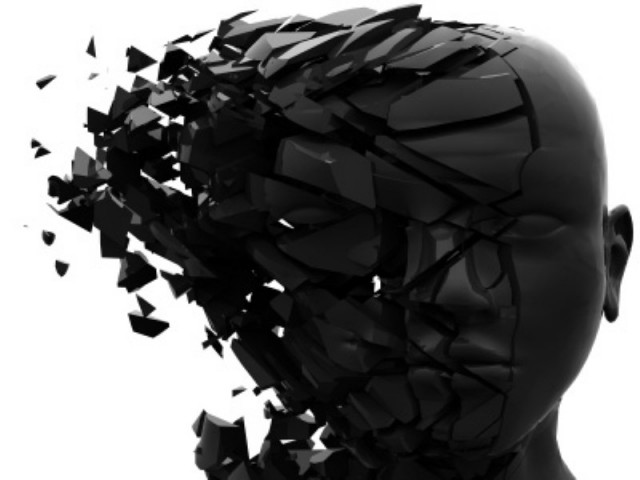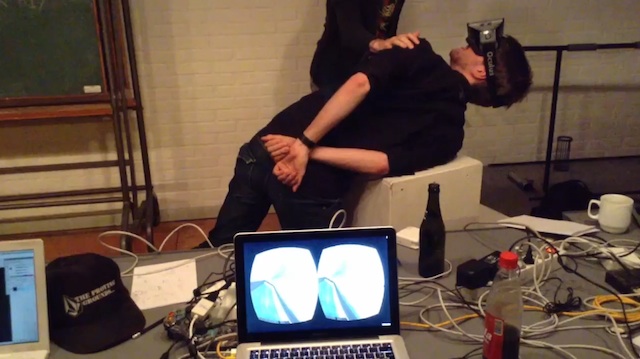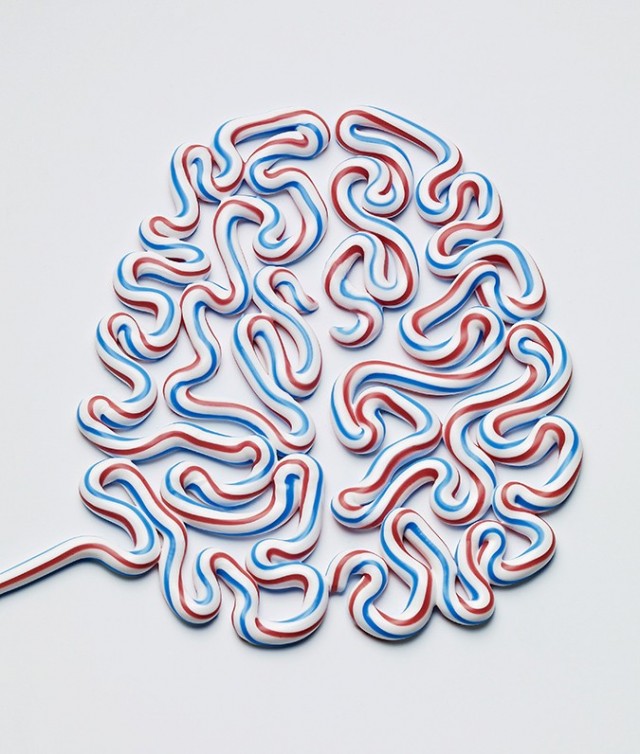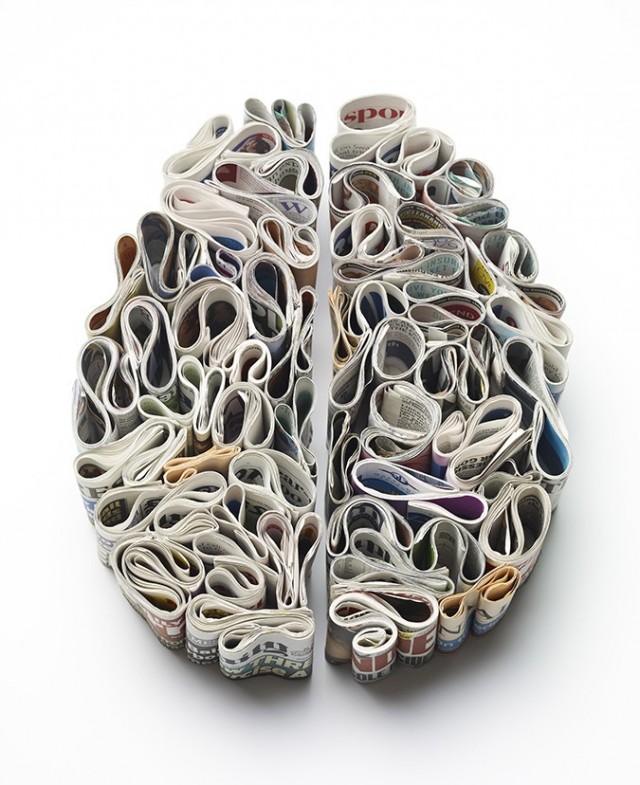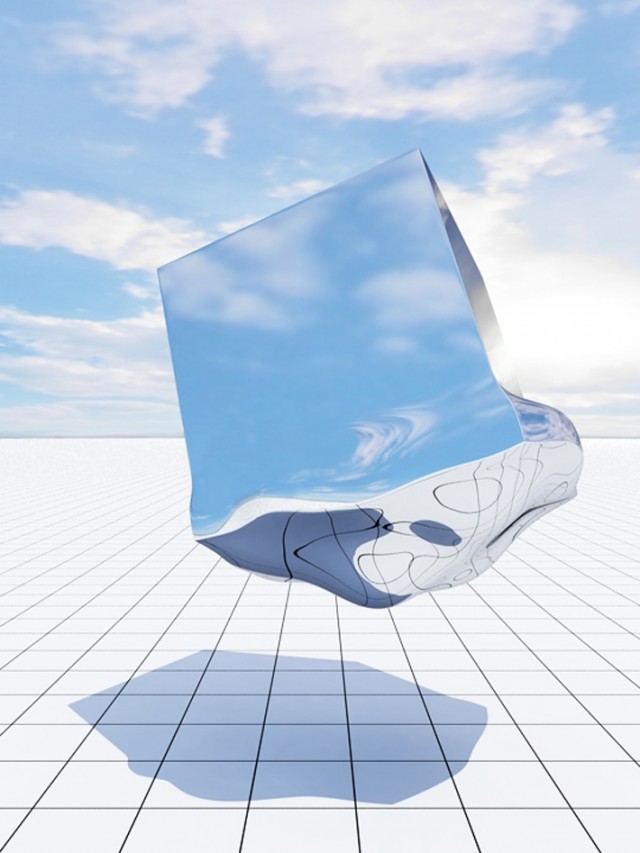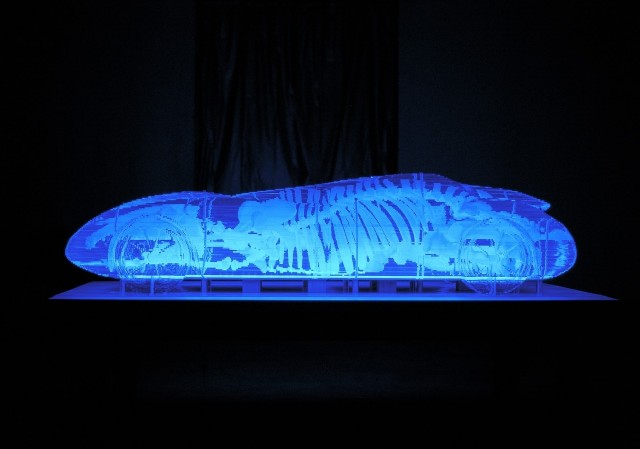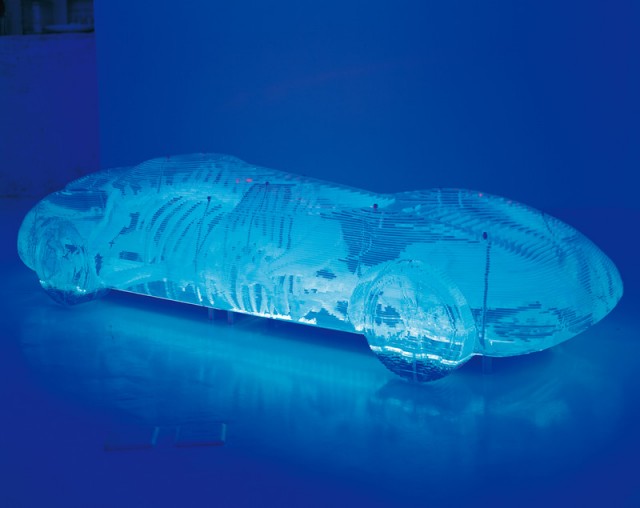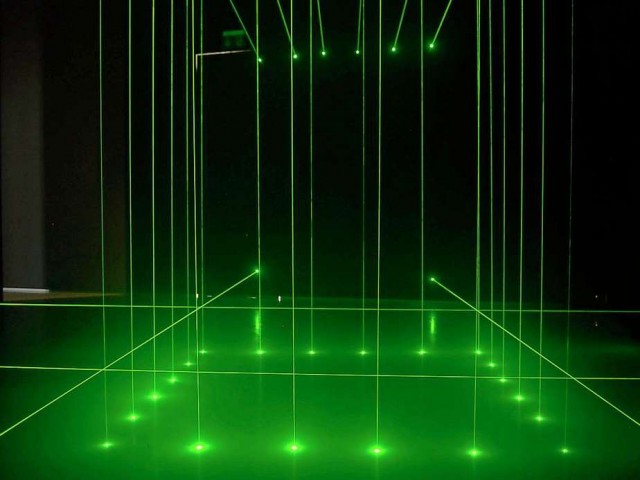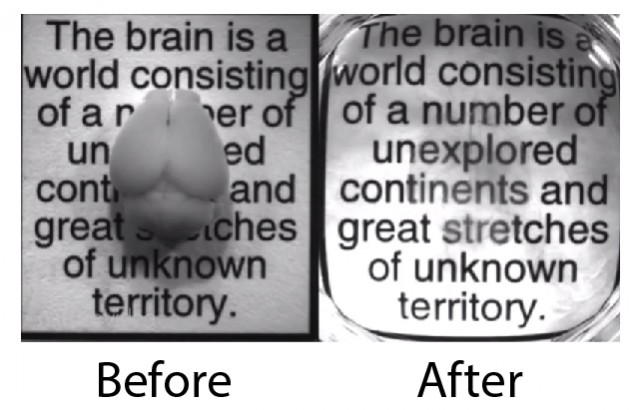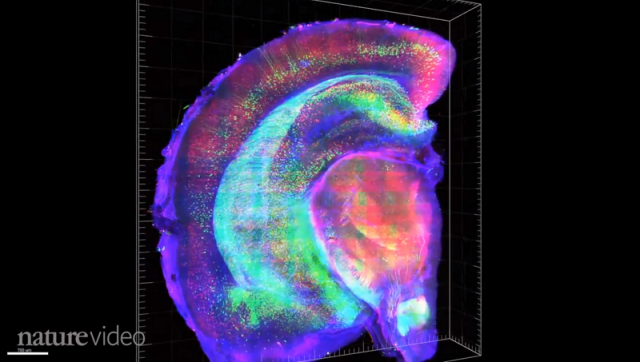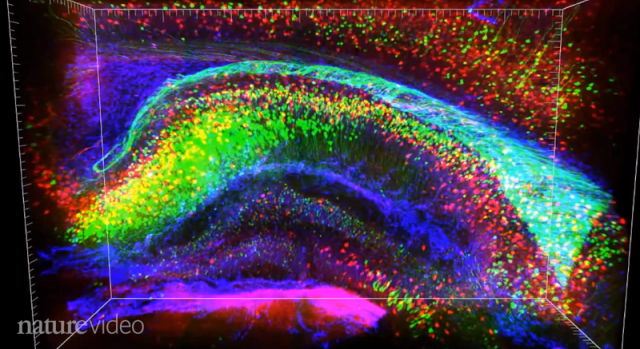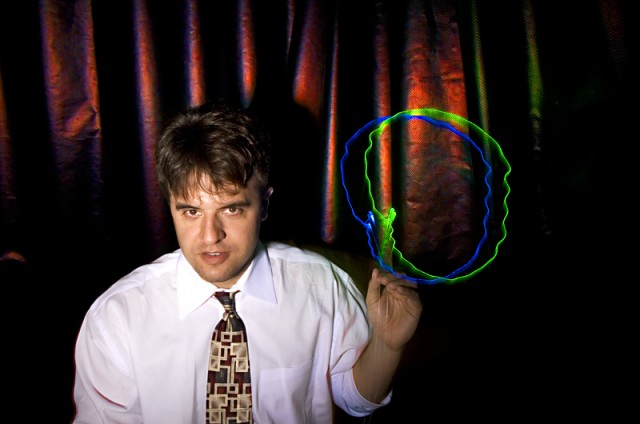Internet Brain
Ever since I started a full-time job working at a computer, I feel like my brain has gone a bit haywire. My attention span seems shorter every day, I check a myriad of iPhone apps every 20 minutes (without much reason), and I can hardly get through a task from start to finish. I believe this is all directly attributed to my perpetual online status.
The “3 minutes on the Internet” highlighted at the beginning of this video perfectly describes the scatter brain feeling I get with endless connection to information. Of course, I’m happy to learn everything there is to know about the violent behavior of panda bears or toilet paper orientation (DON’T CLICK THAT!), and this breadth of knowledge is great at cocktail or dinner parties, but the depth of knowledge is often sacrificed.
So what do can do about this problem?
Well, I think one good solution is to disconnect from time to time. Print off a long article you plan to read and get away from the computer for an hour or so. This will help with the next step…
Commit your attention. Resist any and all urges to check email, facebook, reddit, or RobotSpaceBrain until a task is completed. In time, this should get easier as your brain adjusts to a new level of focus.
Exercise & Practice Meditation. Clearing your mind from the hustle of daily life is essential for well-being. Exercise has been linked to increased attention in several studies. I have never practiced meditation, but I’ve heard it can do the same.
The whole point isn’t that there’s something inherently wrong with the Internet, but I would recommend taking a moment to reflect on how it’s affecting you. Maybe you can adjust your usage to find a little more zen in your life. I sure hope I can.
-RSB
[via Gizmodo]

